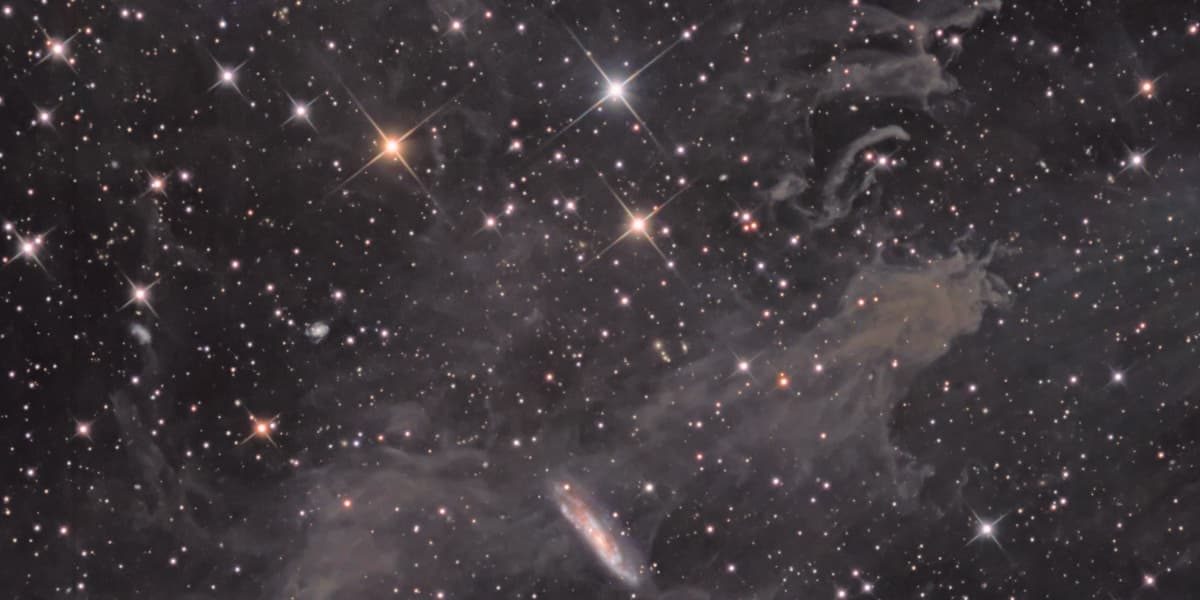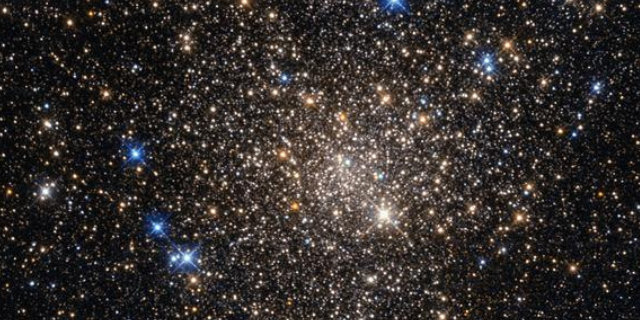Stellar Astrophysics
Our field of research mainly includes the study of stellar systems, from stars in binary systems, open clusters and globulars, as well as the study of variable stars within the Milky Way and the Magellanic Clouds. One key focus of our research area is to explore various aspects of the formation and evolution stages of both low and high-mass stars, with particular consideration for the possible existence of planets during these processes.
Evolutionary scenarios of stars and planets have been proposed, replacing the classical paradigm in which both processes were treated independently. Therefore we study the various aspects of the stages of formation and evolution of low and high mass stars, particularly considering the possible existence of planets during them. On the other hand, it is expected to investigate how the evolution of the central star conditions the characteristics of possible planets and/or planetary systems and their possible habitable zones.
Keys: Planetary and stellar formation – Stellar evolution – Exoplanets – Astrobiology – Stellar clusters – stellar variables – Milky Way – Magellanic Clouds
Highlight
This group is lead by Mercedes Gómez.
One of the strengths of the group lies in the acquired capacity, both in the observational experience of stars and stellar systems, and in the comprehensive and accurate analysis of these objects (their characterization, modeling, classification), as well as the development of suitable codes for their study (e.g., machine learning tools, genetic algorithms, simplex).
Projects: are based on high-quality data obtained from surveys such as VVV, Gaia and Kepler, as well as observations with the Gemini telescope.
- Characterization of early stages in the formation of massive stars.
- Search for Globular Clusters (GCs) in the innermost regions of the Milky Way through the VVV survey.
- Study of the effect of stellar jets on the formation of high and low-mass stars. Characterization of photometric variability in forming stars as a preliminary step to the detection of planetary embryos.
- Investigation of the planet-metallicity relationship in stars of different ages. Study of contaminated atmospheres of white dwarfs with disks.
- Presence and characteristics of circumstellar disks in different evolutionary stages.
- Detection of planetary bodies in evolving eclipsing binary systems experiencing variations in the time of minimum.
- Study of binary systems harboring pulsars.
Networks: Universidad Andrés Bello, Universidad de Atacama, Consorcio VVV, y Observatorio de Gemini, Chile. Universidade Federal de Santa Catarina (Florianópolis, Brazil). Universidad de Sejong, Corea del Sur. INAF/IAPS, Observatorio Astronómico de Bologna, Italia. Center for Astrophysics –CFA Cambridge, University of Wisconsin, Madison, USA.
Cover image: International Gemini Observatory / NOIRLab / NSF / AURA y Ferrero L. V. (OAC – UNC)


